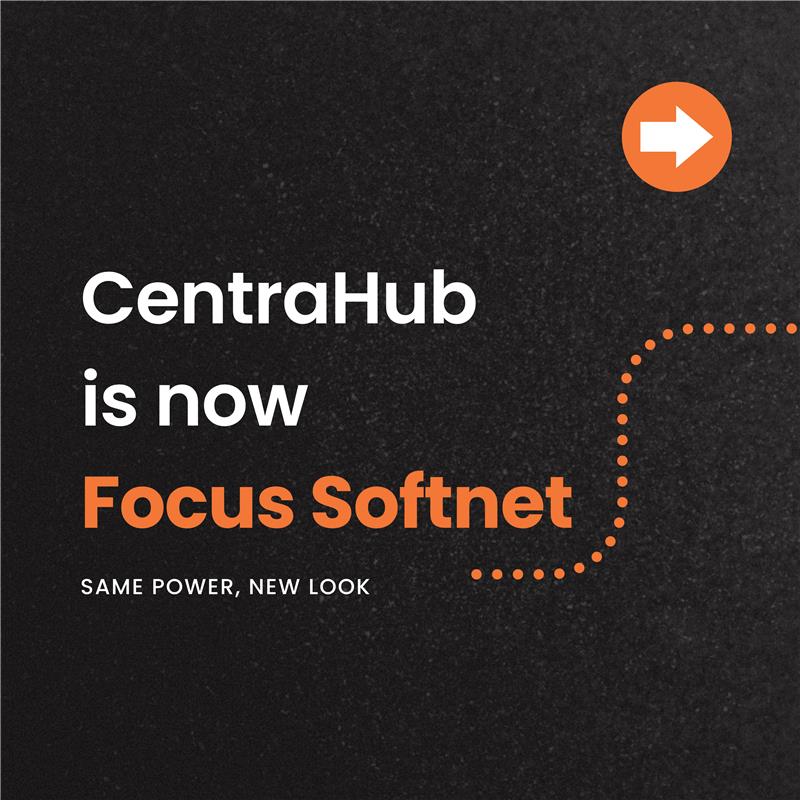

HCM software has always been critical to digital transformation in the HR department, helping organizations modernize people management for enhanced productivity. This makes successful HCM implementation a key to continued business sustainability.
This blog explores changing HR practices and the steps for implementation for improved employee management.
As substantial shifts impact business strategies, consistently providing leadership training aids organizations in effectively navigating change. Furnishing transition support and change management training to leaders enhances their effectiveness, setting them up for success.
AI and machine learning has simplified the streamlining and enhancement of recruitment and hiring processes for all HR professionals. Moreover, these technologies contribute to elevating employee productivity by automating mundane tasks.
In an increasingly agile work environment, HR transformation holds immense significance. Embracing the right approach to HR transformation becomes pivotal for business outcomes. Leaders face the choice of clinging to outdated frameworks or adopting new tools and operating models while reimagining work methodologies.
The selection of appropriate HR software and technology is a critical facet of HR digital transformation, positioning an organization as a pioneering entity in the evolving work landscape. Hence, careful consideration of HR solutions suitable for automation, streamlined processes, accelerated onboarding, and fostering diversity and inclusion initiatives is paramount.
The trend of employee self-service through HR technology is expected to increase in modern workplaces. It enables HR departments to heighten efficiency by automating manual tasks and allows organizations to redefine HR's fundamental responsibilities. Employee self-service (ESS) portals empower individuals to manage their employment details, freeing the HR team from tactical duties to focus on strategic initiatives like devising learning and development strategies or managing talent pipelines.
Initiate by gaining a profound understanding of the newly acquired HCM software. Dedicate time to comprehend its structural layout and outline the essential roles and responsibilities for successful execution.
Identify available resources and amalgamate them efficiently. Drawing upon expertise in compensation, IT, people management, and overall company operations could be advantageous. If necessary, consider involving external consultants to supplement internal capabilities.
Once the team is assembled, schedule dedicated sessions to discuss the project thoroughly. Define roles, expectations, and responsibilities before the implementation phase begins.
Collaborate to develop a realistic timeline that eases the integration of new technology without overwhelming team members. Following the established timelines and objectives, define metrics crucial for monitoring milestones and overall project success.
Ensure alignment with executives and other project sponsors to foster a shared understanding and prevent misinterpretations.
Compile a prioritized list of project requirements encompassing both functional and technical aspects. Categorize these requirements based on priority, considering the flexibility allowed in their execution.
Incorporate checkpoints throughout the process to contextualize each requirement, addressing their relevance and adaptability to future changes.
Shift focus towards future implications by devising a comprehensive change management strategy. Prepare the company to navigate potential shifts such as employee resistance, supply chain disruptions, acquisitions, or leadership changes.
Anticipate potential resistance or risks and strategize approaches to recognize, approve, and implement necessary adaptations. Plan and communicate implementation strategies, training materials, and preemptive measures to counteract resistance before it arises.
Assess the existing people data within the organization to identify data requiring migration. Purge outdated or redundant data, standardize naming conventions, and ensure data consistency and cleanliness for seamless migration.
Plan and execute a test migration using dummy data with the assistance of a subject matter expert. Utilize migration tools to facilitate the transition and validate the data transfer.
Upon thorough preparation of the HR team with the new HCM software, commence devising a comprehensive onboarding and training plan for all users within the organization. Effective training is pivotal for maximizing the ROI of the HR investment.
Determine the mode (in-house or external), format (in-person or virtual), and logistics for training sessions. Rearrange internal resources and documentation to ensure readiness. Gauge employee sentiment through surveys and provide ongoing support using digital adoption platforms.
Ensure the scalability of the onboarding plan for new hires and recurrent re-training sessions.
While HCM vendors conduct initial testing, internal beta testing is crucial. Develop a comprehensive testing plan covering high-impact configuration areas and functional requirements agreed upon.
Perform testing at different levels, testing critical functionalities with select team members while maintaining parallel runs on legacy systems for confidence in the new setup. Review reports and analytics to rectify issues and conduct subsequent tests.
After thorough assurance of smooth operation, proceed to the official launch. Announce the new system within the company, highlighting its benefits and enhancing the user experience.
Continuously monitor reports, analytics, and employee feedback to identify and resolve technical and usability issues. Leverage third-party implementation expertise, if employed, to address issues efficiently.
Anticipate an influx of support tickets as employees acclimatize to the new system. Prepare the end-user support team to handle increased queries and ensure their value and support during this critical phase.
As the HCM landscape evolves, embracing innovative strategies for implementation becomes a competitive necessity. By leveraging the latest technologies, aligning with organizational goals, and prioritizing employee well-being, businesses can unlock the full potential of their workforce and pave the way for success in 2024 and beyond.